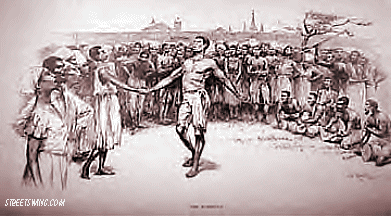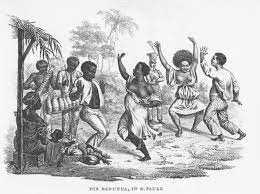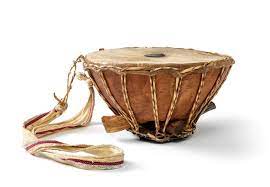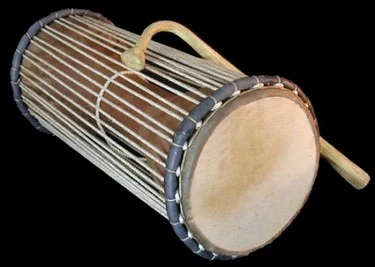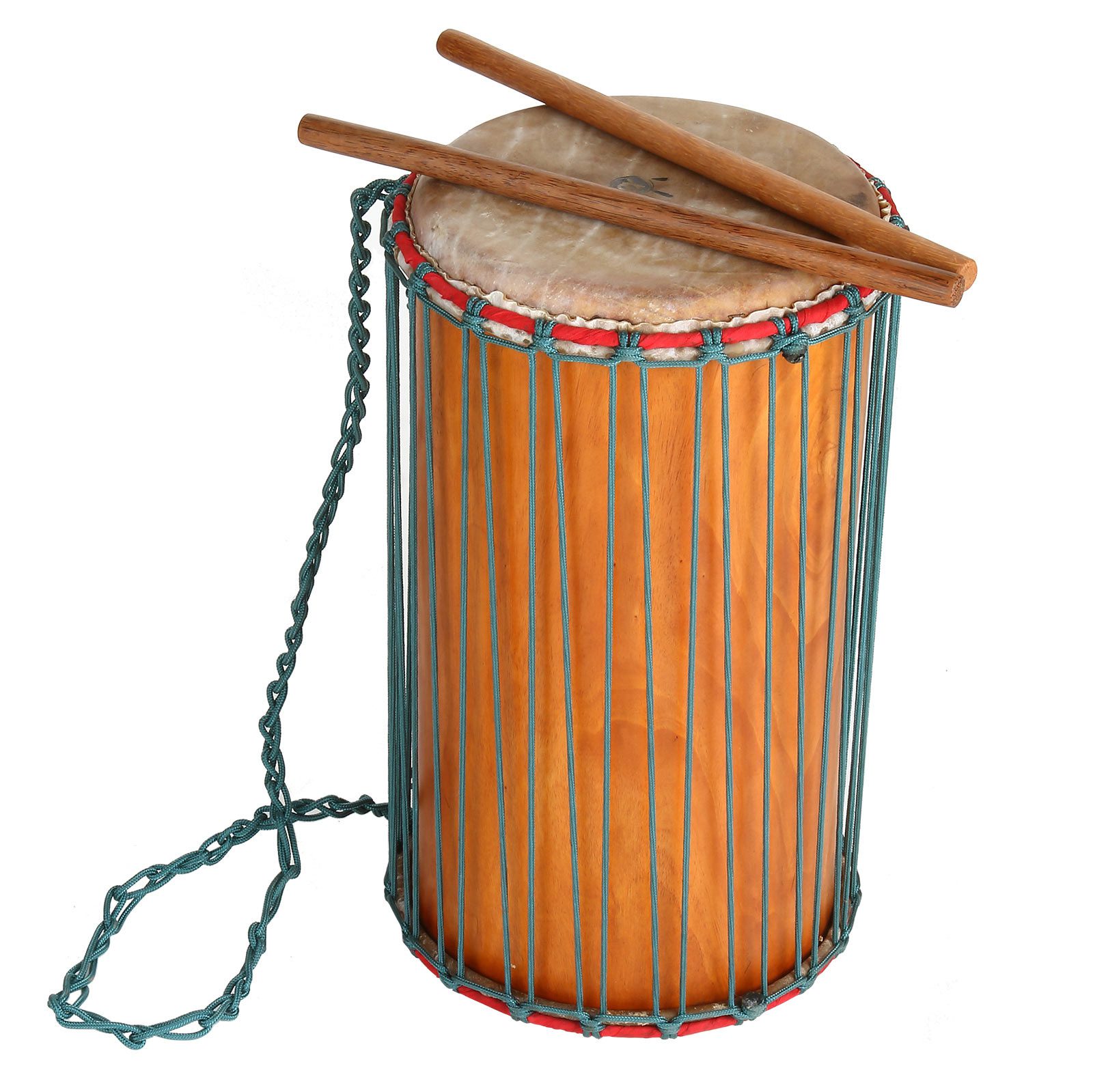About Why We Praise:
In this post, we will explore the use of musical instruments, songs, and dance in African American culture during the 1600’s through the 1700’s.
Musical Instruments
Singing
Dance
In African culture, drums are very important. There are various types of drums but these are the highlighted ones. The dundun drum; better known as the “talking drum”, the sango; which is considered to be the voice of thunder and produces a mid-range sound, the gudugudu; known in the Yoruba land as the mother of all drums and it produces the lowest sound, and the djembe; which is the most familiar in American culture. Drumming is considered the highest cultural, social, and religion expression of Africans. Unfortunately during the Stono Rebellion of 1739, slaves used drums to send messages to the other slaves about the rebellion. Thereafter, the South Carolina government established the Negro Act of 1740 that outlawed the use of drums.
Songs were significant in African slaves lives because it kept them encouraged. Their songs were referred to as slave songs. These slave songs had multiple meanings, symbolisms, and mystical meanings. Along with slave songs, there were field hollers and works songs. Work songs had cross-rhythmic effects that occurred on upbeats, their heavy accents would alternate beats to synchronize with the work, and the songs contained codified messages. African slaves not only used work songs, they also participated in ring shouts. Ring shouts were a fusion of singing, dancing, and percussion as a method of worship. Ring shouts later gave birth to Negro Spirituals.
Along with singing, African slaves used dance for encouragement during slavery. African slaves also used dancing to create a language of their own. Dancing was used as a linguistic medium to communicate with God, spirits, and amongst themselves. Prior to slavery, Africans would come together and move in counterclockwise directions as dance rituals to worship gods. When they arrived in the United States, the anger that came with oppression expressed itself through rhythm of their feet followed by various moans, cries, and hollers. These expressions reflected the bondage of their human spirits and the resilience of enslaved people.
